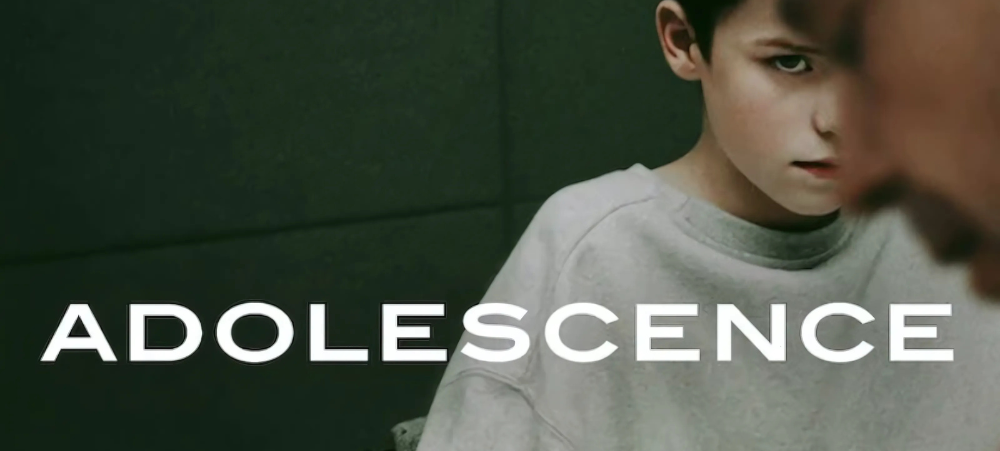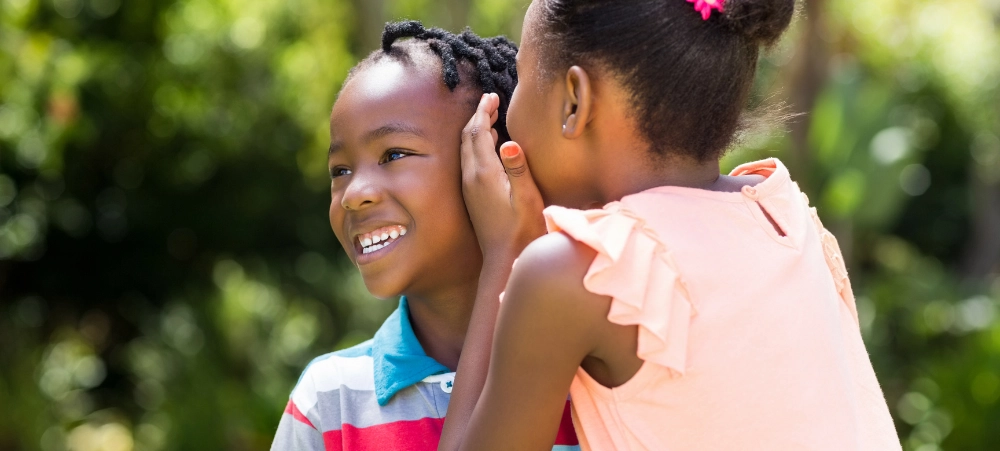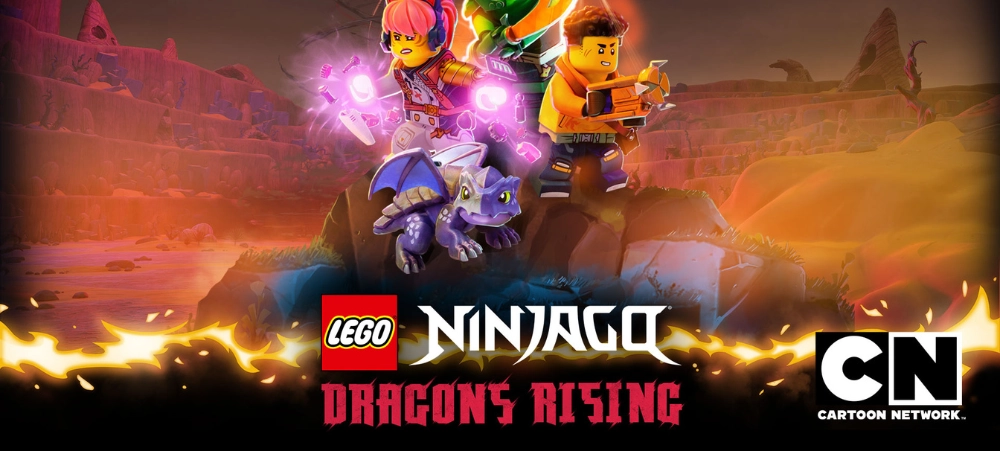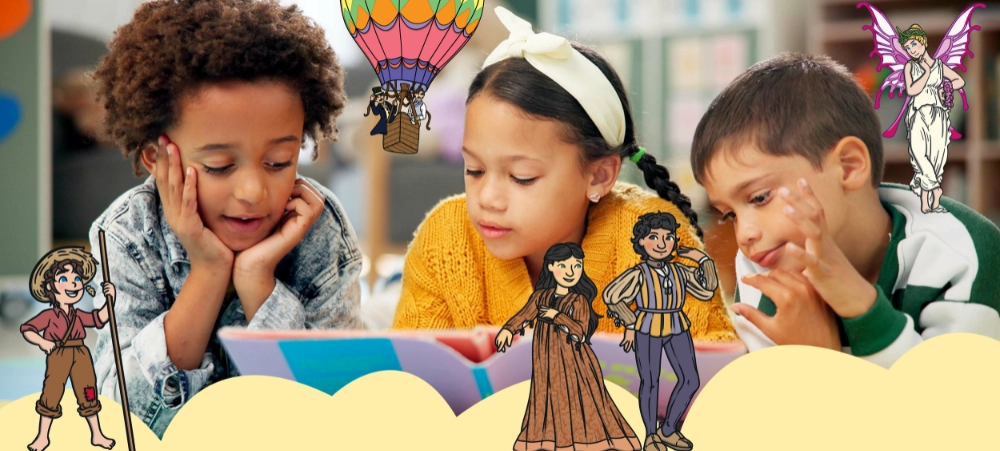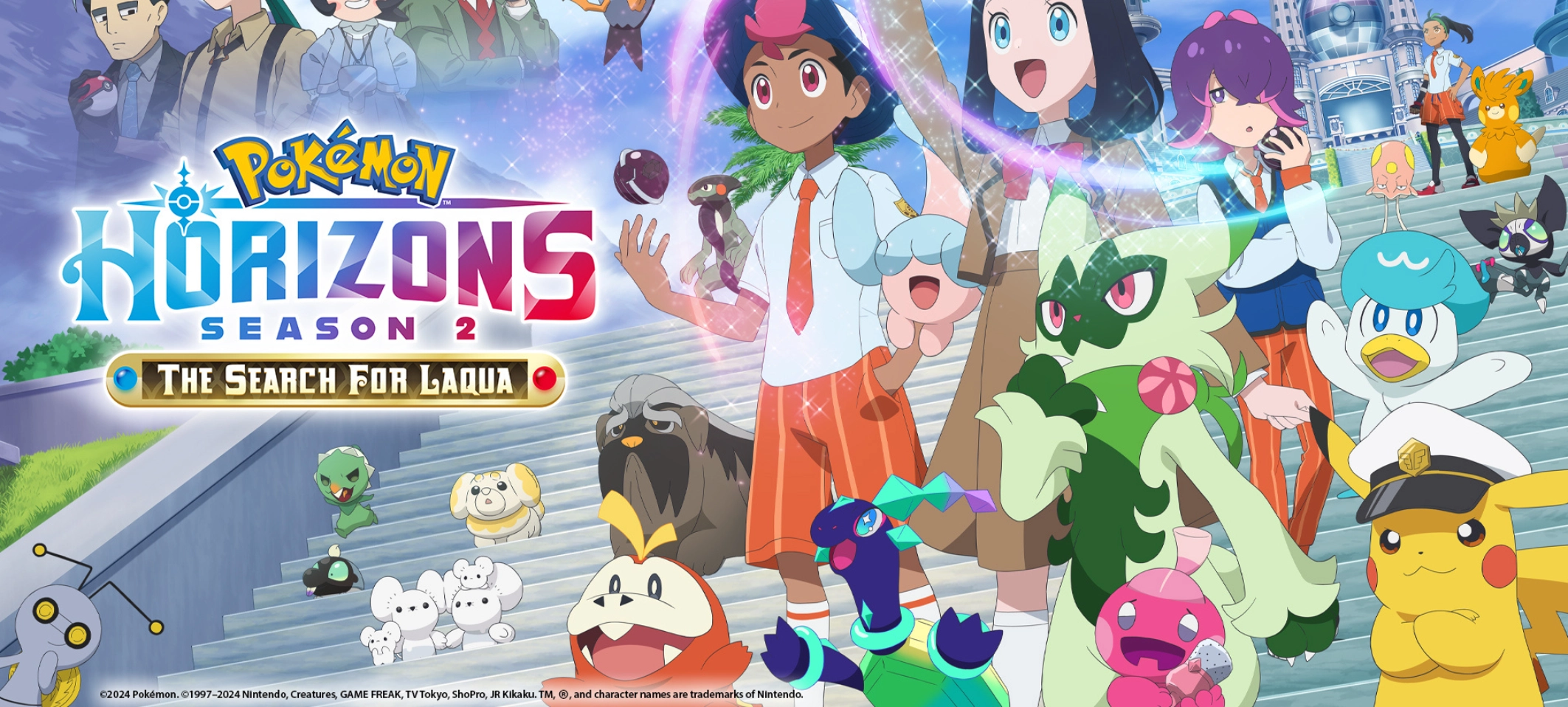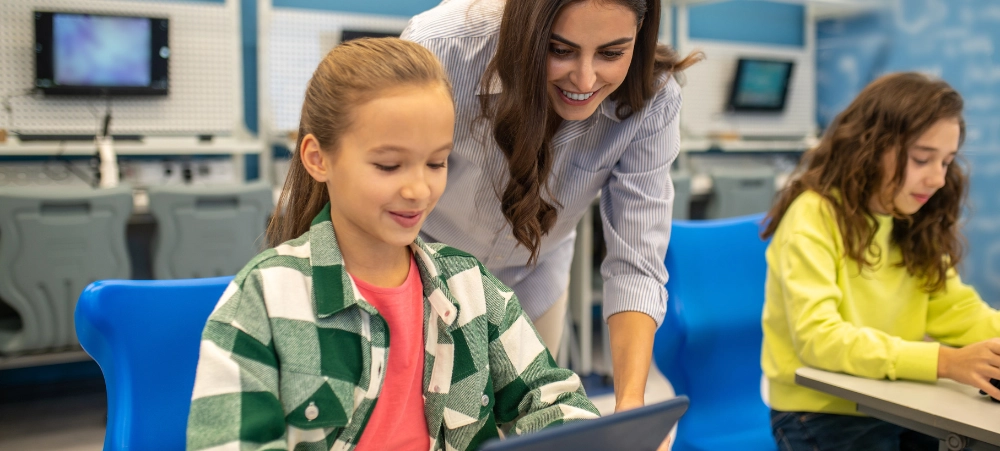
Why Wingu Academy is the Best Online School in South Africa
In a world where education is evolving rapidly, finding the right online school for your child is no small task. As parents and students weigh their options, Wingu Academy consistently emerges as the premier choice for online schooling in South Africa. With its innovative approach, personalised learning pathways, and commitment to excellence, Wingu Academy stands as a beacon of quality education in the digital age. Here’s why Wingu Academy is the best online school in South Africa and how it can transform your child’s educational journey. A Globally Recognised Curriculum Wingu Academy offers a range of internationally acclaimed curricula, including Cambridge and CAPS. These programmes ensure that students receive a rigorous, well-rounded education that opens doors to universities and careers worldwide. Whether your child dreams of excelling in science, technology, or the arts, Wingu’s diverse course offerings cater to every aspiration. Personalised Education for Every Student At Wingu Academy, no two students are treated the same. Our personalised learning pathways adapt to individual strengths, weaknesses, and interests, ensuring every student reaches their full potential. Value Adds: Unmatched Technology and Innovation Wingu Academy leverages cutting-edge technology to deliver an unparalleled online schooling experience. Our user-friendly platforms offer interactive lessons, live tutoring sessions, and access to a wealth of digital resources. From coding courses to career preparation webinars, Wingu equips students with the tools they need to thrive in the 21st century. Safety First: With recent News24reports highlighting safety concerns at traditional schools, Wingu Academy provides a secure, controlled environment where students can focus on learning without fear of bullying or violence. Holistic Development Beyond Academics At Wingu, education goes beyond textbooks. We emphasise the development of essential life skills such as critical thinking, communication, and collaboration. Our programmes include opportunities for: Parent-Friendly Approach Wingu Academy understands the importance of parental involvement in a child’s education. That’s why we provide regular progress reports, open communication channels, and resources to help parents stay informed and engaged. What Parents Love: What Our Families Say Real experiences from Wingu families highlight the transformative power of our online schooling: Why Wingu Academy Stands Out When it comes to online schooling in South Africa, Wingu Academy is the gold standard. Our commitment to academic excellence, innovation, and student well-being sets us apart. We are more than an online school; we are a community dedicated to nurturing the leaders of tomorrow. Ready to give your child the best in online education? Join the Wingu family today and experience the future of learning. Join the Wingulian community! Online schools like Wingu Academy are redefining what it means to build a community in education. By leveraging technology to break down barriers, fostering inclusivity, and creating opportunities for meaningful connections, Wingu ensures that students not only excel academically but also develop the interpersonal skills and global awareness they need for the future. For families seeking more than just an education, Wingu Academy offers a transformative experience where students are part of a vibrant, supportive community that celebrates diversity and fosters lifelong learning. In the world of online schooling, Wingu isn’t just a platform—it’s a place where connections thrive and barriers disappear. Take the First Step Towards Success: Enroll at Wingu Academy Today and Unlock Your Child’s Potential! Email: [email protected] Call: 087 147 1668 Book a consultation: [Link]






